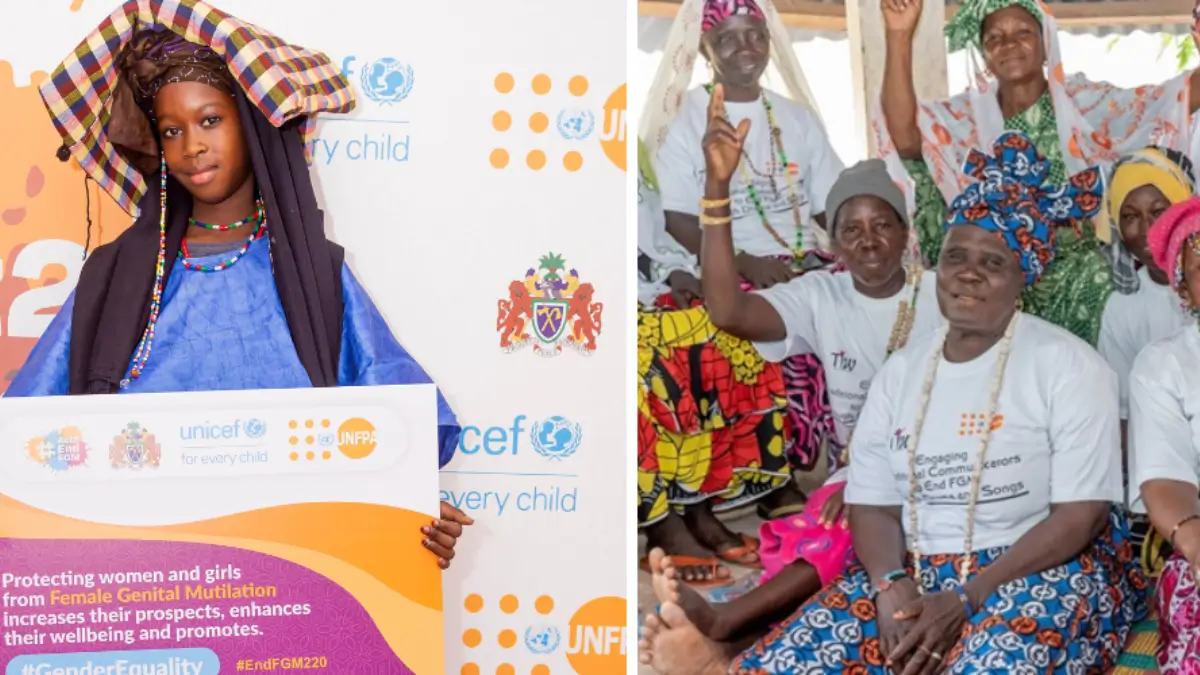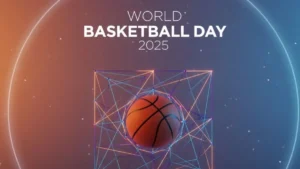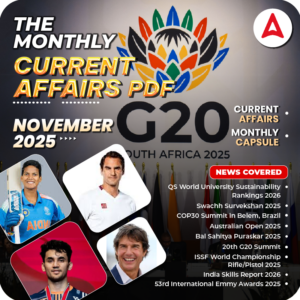International Day of Zero Tolerance for Female Genital Mutilation was observed on February 6, 2025. Female Genital Mutilation (FGM) is a deeply rooted cultural practice that involves the partial or total removal of the external female genitalia for non-medical reasons. Recognized internationally as a violation of human rights, FGM has severe physical, psychological, and social consequences for girls and women. Despite being concentrated in 30 countries across Africa and the Middle East, FGM is a global issue, with cases reported in Asia, Latin America, and among immigrant communities in Western Europe, North America, Australia, and New Zealand.
The 2025 Theme: Step Up the Pace
The 2025 theme, “Step Up the Pace: Strengthening Alliances and Building Movements to End FGM,” emphasizes the need for coordinated, sustained, and concerted efforts to achieve the 2030 goal. This includes:
- Strengthening partnerships between governments, NGOs, and communities.
- Scaling up investments in education and healthcare.
- Addressing the root causes of FGM, such as gender inequality and social norms.
The Global Prevalence of FGM
Current Statistics and Trends
- Over 200 million girls and women alive today have undergone FGM.
- In 2024, nearly 4.4 million girls are at risk of undergoing FGM, equating to more than 12,000 cases every day.
- While global prevalence has declined by one-third over the past three decades, the practice persists, particularly in regions affected by humanitarian crises, such as armed conflict, climate change, and disease outbreaks.
The Impact of Humanitarian Crises on FGM
Humanitarian crises often exacerbate gender inequalities and roll back progress made in eliminating FGM. Displacement, poverty, and lack of access to education and healthcare create environments where harmful practices like FGM can thrive. Without sustained efforts, the global community risks losing ground in the fight to end FGM by 2030.
The Consequences of FGM
Short-Term Complications
Girls who undergo FGM face immediate health risks, including:
- Severe pain and shock
- Excessive bleeding (hemorrhage)
- Infections (e.g., tetanus)
- Difficulty urinating and urinary retention
Long-Term Consequences
The long-term effects of FGM are devastating and far-reaching:
- Chronic pain and scarring
- Complications during childbirth, including increased risk of stillbirth and maternal mortality
- Psychological trauma, including anxiety, depression, and post-traumatic stress disorder (PTSD)
- Sexual dysfunction and reproductive health issues
The Path to Elimination: Strategies and Progress
The Role of Survivor-Led Initiatives
Empowering FGM survivors to lead initiatives is critical to ending the practice. Survivors bring firsthand experience and credibility to advocacy efforts, challenging harmful gender norms and driving community-level change. Investments in survivor-led programs focus on:
- Education and awareness-raising
- Economic empowerment and livelihood training
- Access to healthcare and psychological support
The UN Joint Programme on FGM
Since 2008, the United Nations Population Fund (UNFPA) and UNICEF have led the largest global program to accelerate the elimination of FGM. Key achievements include:
- Over 7 million girls and women receiving prevention, protection, and care services.
- More than 50 million people publicly declaring their abandonment of FGM.
- Over 250 million individuals reached through mass media campaigns.
- Support for nearly 12,000 grassroots organizations and 112,000 community workers driving change.
The Role of Education and Advocacy
Promoting Gender Equality and Human Rights
Eliminating FGM requires a holistic approach that prioritizes gender equality, human rights, and sexual education. Key strategies include:
- Integrating FGM prevention into school curricula.
- Engaging men and boys as allies in the fight against FGM.
- Providing safe spaces for girls and women to discuss their experiences and access support.
The Power of Media and Technology
Mass media and digital platforms play a crucial role in raising awareness and mobilizing communities. Campaigns like #EndFGM and #Unite2EndFGM leverage social media to amplify survivor voices and inspire global action.
The International Day of Zero Tolerance for FGM
A Global Platform for Advocacy
In 2012, the United Nations General Assembly designated February 6th as the International Day of Zero Tolerance for Female Genital Mutilation. This annual observance serves as a platform to:
- Highlight the progress made in eliminating FGM.
- Mobilize resources and support for survivor-led initiatives.
- Call for urgent action to protect girls at risk.
International Day of Zero Tolerance for Female Genital Mutilation (FGM) 2025 – Summary
| Category | Details |
|---|---|
| Why in News? | Observed on February 6, 2025, highlighting the global fight against Female Genital Mutilation (FGM). |
| Theme 2025 | “Step Up the Pace: Strengthening Alliances and Building Movements to End FGM” |
| Global Prevalence of FGM | – 200 million girls and women affected worldwide.- 4.4 million girls at risk in 2024.- High prevalence in Africa, the Middle East, Asia, Latin America, and immigrant communities in the West.- Decline by one-third over the last three decades. |
| Impact of Humanitarian Crises | – Crises like armed conflict, climate change, and disease outbreaks worsen FGM prevalence.- Displacement, poverty, and lack of education increase risk. |
| Consequences of FGM | Short-Term: Severe pain, hemorrhage, infections, urinary issues.Long-Term: Chronic pain, childbirth complications, psychological trauma (PTSD, anxiety, depression), sexual dysfunction. |
| Key Strategies for Elimination | – Survivor-led initiatives: Awareness, economic empowerment, healthcare access.- UN Joint Programme (UNFPA & UNICEF): Helped 7 million girls, 50 million people abandoned FGM, 250 million reached via media.- Education & Advocacy: Integrating FGM prevention in schools, engaging men, and creating safe spaces for women. |
| Role of Media & Technology | Campaigns like #EndFGM and #Unite2EndFGM leverage digital platforms to raise awareness. |
| Significance of February 6 | – Designated by UN General Assembly in 2012.- Serves as a platform for advocacy, mobilization, and policy reinforcement against FGM. |



 World Basketball Day 2025 Celebrates Bas...
World Basketball Day 2025 Celebrates Bas...
 UN Celebrates Second World Meditation Da...
UN Celebrates Second World Meditation Da...
 Winter Solstice 2025 Observed on Sunday,...
Winter Solstice 2025 Observed on Sunday,...







